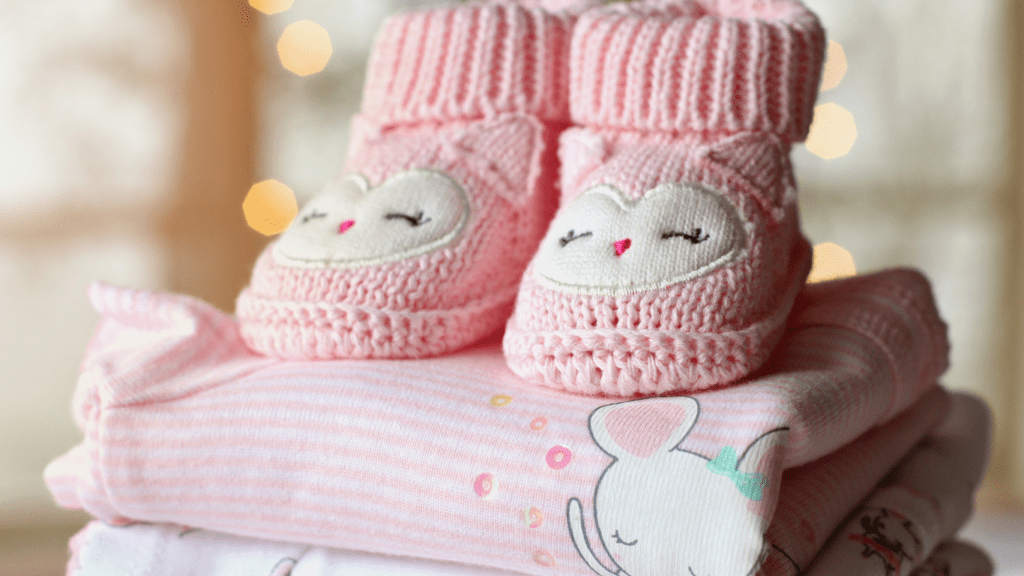Breaking Stereotypes: The Rise Of Stay-at-Home Dads And Empowered Moms
More fathers are staying at home, taking on primary caregiving roles. According to Pew Research, the number of stay-at-home dads in the US increased to over 2 million by 2016. These dads manage household duties and child-rearing, challenging the notion that only women handle domestic tasks.
Working mothers are also making strides, becoming primary breadwinners in many families. Data from the Bureau of Labor Statistics shows that in 2019, 29.4% of married-couple families had mothers contributing equal or higher income than fathers. These moms balance career ambitions with family responsibilities, proving that it’s possible to excel in both arenas.
Parents are adopting flexible work arrangements to support these evolving roles. Companies now offer parental leave, childcare support, and remote work options, acknowledging the importance of work-life balance. This shift leads to more family cohesion and shared responsibilities.
Moreover, schools and communities are recognizing diverse family structures. Parent-teacher associations (PTAs) and community support groups are more inclusive, welcoming all family types. This acceptance fosters a supportive environment for stay-at-home dads and working moms alike.
Celebrity endorsements further legitimize these roles. Figures like Chris Hemsworth and Gabrielle Union openly discuss their family dynamics, breaking down gender stereotypes and promoting a balanced view of parenting.
In breaking these stereotypes, society moves towards a more inclusive and flexible understanding of family roles. This transformation benefits all, creating a fair and supportive environment for every parent and child.
The Evolution Of Gender Roles
Gender roles have evolved significantly over the past century, impacting both family dynamics and societal structures. Understanding this transformation helps to appreciate the rise of stay-at-home dads and empowered moms.
Historical Perspective
Historically, society defined distinct roles for men and women. Men were primary breadwinners, while women managed domestic duties. In the 1950s, 60% of women aged 20-64 were homemakers. These traditional roles reinforced stereotypes and limited opportunities for both genders. However, the feminist movement in the 1960s, which advocated for gender equality, started to disrupt these norms. Women began entering the workforce in significant numbers, paving the way for the diversification of family roles.
Changing Family Dynamics
Family dynamics have shifted as gender roles became more flexible. The number of dual-income families doubled between 1970 and 2019 as more women pursued careers. In contrast, stay-at-home dads increased, with 7% of heterosexual couples reporting fathers as primary caregivers by 2020. These changes reflect a broader acceptance of diverse family structures. Policies supporting parental leave and remote work contributed to this transformation, allowing both parents to balance professional and caregiving responsibilities. These evolving dynamics emphasize that capability, rather than gender, now defines roles within families.
The Rise Of Stay-at-Home Dads

More fathers are stepping into the primary caregiving role, challenging traditional family dynamics. This trend reflects changing societal attitudes and greater acceptance of diverse family structures.
Factors Driving The Trend
Several factors contribute to the rise of stay-at-home dads:
- Economic Shifts: Unpredictable job markets have led families to adapt. In many cases, fathers stay home after job losses.
- Flexible Work Arrangements: More companies offer remote work, enabling fathers to balance career and caregiving.
- Gender Equality Movements: Advocacy for equal parenting roles encourages men to embrace caregiving.
- Parental Leave Policies: Improved policies support fathers in taking time off for childcare.
Challenges And Rewards
Embracing the role of a stay-at-home dad comes with unique experiences:
Challenges
- Social Stigma: Fathers often face stereotypes questioning their choice to stay home.
- Financial Pressure: Relinquishing a job can strain household finances.
- Lack of Community: Fewer resources and support groups exist for stay-at-home dads.
Rewards
- Bonding Time: Fathers develop closer relationships with their children.
- Skill Development: Managing a household enhances abilities like multitasking and problem-solving.
- Positive Impact: Playing a central role in child-rearing fosters a more inclusive family environment.
These dads are not only redefining fatherhood but also contributing to a balanced approach to parenting.
Empowered Moms In The Modern Workforce
Empowered moms today are reshaping the workforce landscape, managing careers while balancing family obligations. Their efforts showcase the evolving dynamics of modern parenting.
Balancing Career And Family
Many moms adopt flexible work arrangements to balance career and family successfully. Remote work, part-time jobs, and flexible hours provide the adaptability needed for parenting. According to a 2021 survey by FlexJobs, around 56% of surveyed respondents reported working remotely, highlighting its widespread adoption.
Investing in reliable childcare options further supports moms in meeting both career and family demands. Daycare centers, nannies, and after-school programs ensure children are cared for while moms focus on work. Additionally, family-supportive policies like paid parental leave and employer-sponsored childcare services reduce stress and improve job satisfaction for working moms.
Success Stories And Role Models
Successful moms in various fields serve as role models, inspiring others to pursue their career goals. Indra Nooyi, former CEO of PepsiCo, exemplifies how moms can achieve leadership positions while raising families. Meghan Markle, advocate and actress, combines her professional endeavors with her role as a mother, bringing visibility to empowered moms globally.
These role models demonstrate that prioritizing both personal and professional ambitions is achievable. By sharing their journeys, they encourage other moms to break stereotypes and redefine expectations in the modern workforce.
Societal Impacts
Stay-at-home dads and empowered moms are more common now, and these changes bring significant societal impacts.
Shifting Perceptions
I see a shift in how society views family roles. Traditional gender roles are no longer the norm in many households. People now accept diverse family structures that value capabilities over gender. For example, fathers are recognized for their caregiving skills, and mothers are acknowledged for their professional achievements. Media and celebrities like Chris Hemsworth and Gabrielle Union foster this acceptance, making these family dynamics more visible and relatable.
Economic And Social Benefits
Economic benefits arise from these role changes. Dual-income households increase family financial stability, reducing reliance on a single breadwinner. For instance, working mothers contribute significantly to household income, with nearly 30% of married-couple families having mothers as primary earners by 2019. Flexible work arrangements and parental leave policies help both parents balance work and family, promoting productivity.
Social benefits include more involved parenting and improved child development due to shared responsibilities. Stay-at-home dads enjoy strong bonds with their children, fostering emotional security. Empowered moms serve as role models, proving that career success and family life can coexist. These evolving roles encourage gender equality, breaking stereotypes and setting a precedent for future generations to value skills and balance over traditional gender norms.




